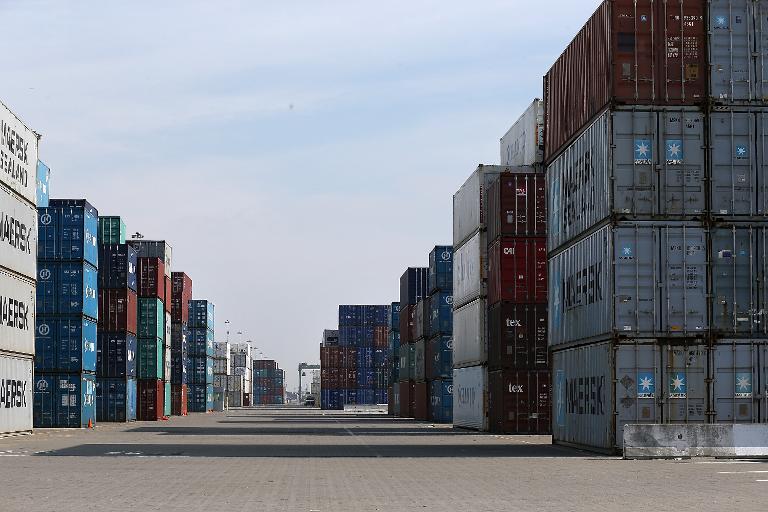
Falling oil imports shrink US trade gap in February
The second straight fall in the trade gap could suggest slightly stronger growth in the US economy in the first months of the year than previously estimated as the Federal Reserve weighs an increase in ultra-low interest rates.
The trade gap fell to $35.4 billion in February, diving almost 17 percent from January's upwardly revised $42.7 billion, the Commerce Department reported Thursday.
The decline surprised analysts who expected the deficit would rise due to the stronger dollar.
"This report will help Q1 GDP estimates a little, even as the port delays (and the weather) have likely contributed to some of the other GDP input data being weaker than expected," said Jim O'Sullivan of High Frequency Economics in a research note.
The economist said his firm was still predicting US economic growth of 1.8 percent for the first quarter, rising to 3.8 percent in the second quarter.
Imports and exports both declined for the second straight month. Imports fell 1.6 percent to $186.2 billion in February, but that drop was eclipsed by a 4.4 percent slide in imports -- the sharpest monthly decline in six years -- to $221.7 billion.
The import weakness was mainly due to another large fall in imports of crude oil and oil products, down 16 percent on the month, to $16.3 billion, amid lower crude-oil prices.
The average price per barrel of crude oil was $49.53, the lowest level since April 2009.
As a result, the US trade shortfall in crude and petroleum products, at $8.1 billion, was the smallest since July 2002.
Despite the dollar's strength, which the Federal Reserve has forecast would weigh on US exports, US consumer goods exports hit a record high of $17.8 billion in February.
The politically sensitive deficit with China shrank 21.3 percent to $22.5 billion on a steep drop in Chinese imports.
The trade gap with the European Union was little changed at $10.4 billion.
The end of the West Coast port shutdowns in February complicates the interpretation of the trade report, said Robert Brusca, chief economist at FAO Economics.
"Until the port flows stabilize it is not possible to give a clear picture of what the current trends mean," Brusca said.
Ian Shepherdson of Pantheon Macroeconomics predicted there would be big rebounds in trade data sometime in the coming months.
"The March numbers will not be available before the release of the first estimate of Q1 GDP growth, making the potential for forecast errors and large subsequent revisions even bigger than usual," he cautioned.

Legal Disclaimer:
MENAFN provides the
information “as is” without warranty of any kind. We do not accept
any responsibility or liability for the accuracy, content, images,
videos, licenses, completeness, legality, or reliability of the information
contained in this article. If you have any complaints or copyright
issues related to this article, kindly contact the provider above.


















Comments
No comment